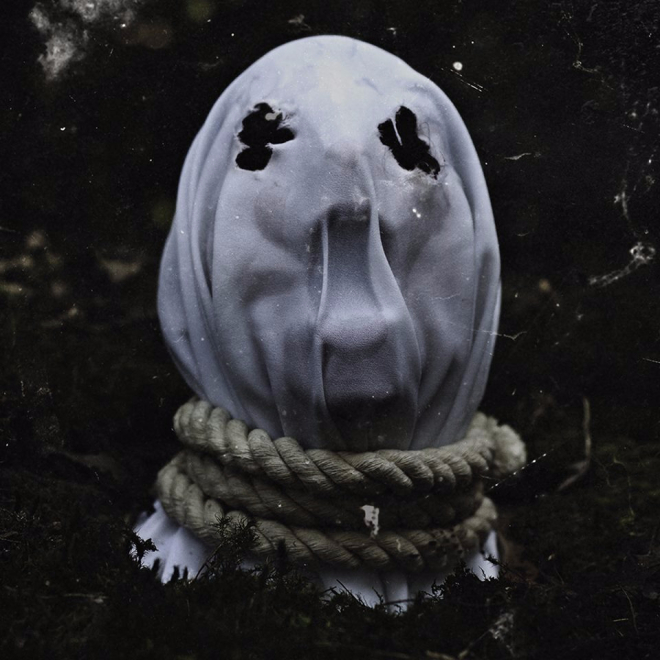The books Marry in Haste and Just Like Heaven reflect their titles to perfection.
 Marry in Haste by Anne Gracie is a lukewarm romance novel: it exists to make the bad ones look worse and the great ones look brilliant. This is one of many books exactly like it, and it fits into many of the tropes on my list: it’s a 4, 11, 12, 19, 21, and a 22.
Marry in Haste by Anne Gracie is a lukewarm romance novel: it exists to make the bad ones look worse and the great ones look brilliant. This is one of many books exactly like it, and it fits into many of the tropes on my list: it’s a 4, 11, 12, 19, 21, and a 22.
It’s typical because the female character has super-smelling capabilities, something I have never seen in this world (how can she detect notes of cognac and vanilla underneath the aftershave? Pah.) It’s typical because the moody male character is different by day – removed and perfunctory – whereas at night…it’s a romance novel. It’s also typical because it espouses the same idea that a hymen is a complete barrier and the sure sign of virginity.
THE HYMEN DOESN’T WORK THAT WAY. IT JUST DOESN’T.
Moving on…
Marry in Haste also revolves around a female character without noticeable flaws: the heroine never sets a foot wrong during the story – and her only misstep occurred years before the book begins. Even then, the mistake – premarital sex with a stableboy – is tempered with how she was emotionally manipulated. Sheesh. However, it does go to show that, generally speaking, the women in Regency books don’t make errors: the world around them forces them to take actions. They’re never forced to atone for something they’ve done, something truly terrible. The men can have serious flaws – though they are usually skipped right over, as though PTSD or alcohol abuse are trifles – but the women? Not so much. If you are a lady starring in an historical novel, you are morally unimpeachable.
And it’s SO boring.
 This is what makes Just Like Heaven so…heavenly. Julia Quinn, of all of the popular writers, tends to deliver: her characters seem like normal people, and the actions taken make sense. Each book is not a formulaic collection of norms, but its own entity. This is very much the case for Just Like Heaven, as none of the items on my list apply.
This is what makes Just Like Heaven so…heavenly. Julia Quinn, of all of the popular writers, tends to deliver: her characters seem like normal people, and the actions taken make sense. Each book is not a formulaic collection of norms, but its own entity. This is very much the case for Just Like Heaven, as none of the items on my list apply.
(I’m pausing so that you can gasp dramatically.)
(You’ve done it, right?)
(Good. I’m going to escape these parentheses now.)
The main characters have known each other for years, but neither one has been fruitlessly in love with the other, so a #20, Friendzoned, really isn’t possible. They only realize that they have feelings for each other after many, many years – and almost at the same time. They might have taken a couple of weeks to suck it up and say it, but it’s refreshing to have characters who genuinely know each other and who don’t suffer in silence for years, as is grindingly typical (it’s called a #16, Love at First Sight).
Not only this, they are both pretty well-adjusted, stable people who love their families and who are not carrying on with some half-baked mystery, which rules out a number 1, 2, 4, 6, 8, 9, 10, 11, 12, 13, 15, 19, 21, and a number 22. She doesn’t try to change him: she likes him the way he is. (D-AWWWWW!!)
You see what I mean? I’ll knock off the rest of the list. Like a hit man.
3, The Ramshackle: No house or inn in particular is involved; there is no major redecoration.
5, The Guardian: Sure, he has some marginal responsibility for her, but when he realizes that he has feelings for her, it doesn’t get in his way. He does have to calm her down when she realizes he’s been chasing off bad marriage prospects, but that’s because they are on an equal footing. To fit in with the trope, the balance of power has to be biased toward him.
14, The Right Honorable: No scandal is allowed to occur.
17, The String Puller: No older man forces the marriage.
18, The Snappy Old Lady: There is an assist at the end from this kind of older woman, but she isn’t the one determining the couple’s future.
23, The Unprotected Sex: There is premarital sex, but babies get conceived AFTER they get married – and that they have had sex doesn’t determine whether they get married: they have sex when it’s clear that they both love one another. Like a normal person could in this situation.
This is what happens when the characters are well thought out: they don’t fit tidily into any category. There are strong relationships outside of the romance; emotions are genuine and genuinely expressed; everyone has a strong grip on reality, and even might have a sense of humor. The main characters are flawed, and each of them makes mistakes – and not only that, but the errors are all realistic. There’s no bad guy: there might be characters we feel more or less for, but nobody could spout horns or click across the floor on their cloven hooves.
And there’s a fistfight! And she gets involved!
In summary, while one of these books is wildly better than the other, they are both still romance novels. It’s not like Quinn’s book gets to jump the fence and become a Real Book – it’s a leopard, and it has spots – but what it does is set the gold standard. Maybe it’s why I’m experiencing a growing frustration with the genre: there are so many books whose characters are so two-dimensional that they all disappear when shown in profile.
Harrumph! Harrumph!
Advertisements Share this:




